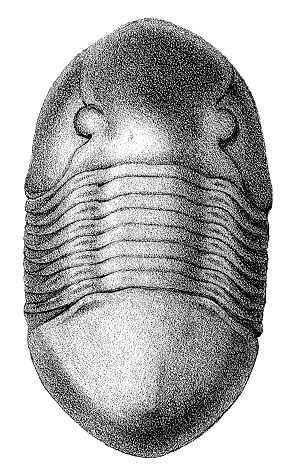PETROGRAPHY OF THE TRENTON AND BLACK RIVER GROUP CARBONATE
ROCKS IN THE APPALACHIAN BASIN
INTRODUCTION
Carbonate petrography is the study of limestones, dolostones,
and associated rocks by optical and electron microscopy (Scholle and Ulmer-Scholle,
2003). Our purpose in the petrographic portion of this study is 1) to enhance
field studies and core descriptions of Trenton and Black River Group carbonate
rocks in the Appalachian basin, 2) to interpret the diagenetic history of
these rocks, particularly with regard to its effects on porosity and permeability,
and 3) to provide a frame of reference for the geochemical data and interpretations
presented elsewhere in this study.
Petrographic data enhance field and core descriptions of carbonate
rocks through the identification of constituent grains, matrix, and depositional
texture. This data enable us to develop detailed classifications of the reservoir
rocks and interpret their depositional setting.
Interpretations of the diagenetic history of the Trenton and
Black River carbonates provides us with a sense of the comparative timing
of significant diagenetic events such as cementation or secondary porosity
development relative to the emplacement of hydrocarbons in the reservoirs.
Such interpretations are particularly critical for understanding Trenton and
Black River reservoirs. Cambro-Ordovician carbonate reservoirs worldwide are
dominated by meter-scale peritidal, mud-dominated cycles and thin-bedded,
heterogeneous layering; the only buildups are thrombolitic or microbial, and
reservoir quality is controlled by fracturing, dolomitization, and karst development
beneath the top-Saulk unconformity (Markello, 2005). The Trenton and Black
River Groups consist of remarkably tight carbonate rocks that were completely
lithified throughout the basin during marine and burial diagenesis. Reservoirs
only occur where fracturing and dolomitization created adequate storage capacity
for commercial hydrocarbon accumulations.
Petrography provides a frame of reference for the geochemical
data we use to understand the dolomitization processes that yielded the most
important petroleum reservoirs in the Trenton and Black River Groups in the
Appalachian basin. The geochemical data include stable carbon and oxygen isotopes,
fluid inclusions,
87Sr/
86Sr ratios, and trace element
(Fe and Mn) distributions.
The petrographic data presented herein are useful on a broad
scale for documenting the distribution of porous and permeable carbonate rock
facies in the Trenton and Black River Groups in the Appalachian basin. The
data allow us to determine the spatial distribution of reservoir seals, compartmentalization,
and diagenetically controlled pore geometry in the productive gas fields.
to top


